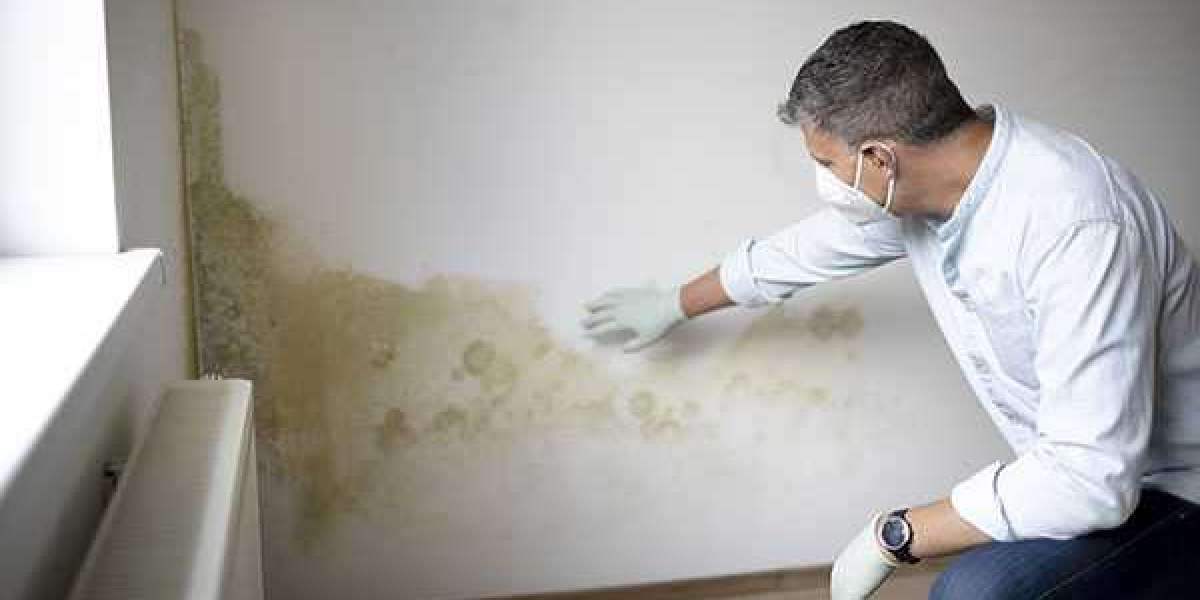Mold removal is essential for maintaining a healthy home, but it's not without its environmental implications. In Ottawa, where seasonal weather changes and high humidity levels create favorable conditions for mold growth, the demand for mold remediation services continues to rise. However, as these services expand, so does their potential impact on the environment. From the chemicals used in treatments to the disposal of contaminated materials, mold removal practices must balance effectiveness with eco-friendliness. This article explores the environmental impact of mold removal in Ottawa and the steps being taken to make the process more sustainable.
The Environmental Challenges of Mold Removal
- Use of Harsh Chemicals Many mold remediation processes rely on strong chemical agents to kill mold and disinfect affected areas. While effective, these chemicals can:
- Release harmful volatile organic compounds (VOCs) into the air.
- Contaminate soil and water if not disposed of properly.
- Pose risks to non-target organisms in the environment.
- Disposal of Contaminated Materials Mold removal often involves tearing out and disposing of mold-infested materials such as drywall, insulation, and carpeting. This generates significant waste that:
- Ends up in landfills, contributing to environmental pollution.
- It is difficult to recycle due to mold contamination.
- Energy-Intensive Processes Equipment used in mold removal, such as industrial dehumidifiers, HEPA vacuums, and air scrubbers, consumes considerable energy. This contributes to the carbon footprint of the remediation process, especially if non-renewable energy sources are used.
Eco-Friendly Mold Removal Practices in Ottawa
Recognizing the environmental challenges, many mold removal companies in Ottawa are adopting greener practices. Here's how the industry is evolving:
- Use of Non-Toxic Cleaners Companies are increasingly turning to plant-based, biodegradable cleaning agents that are safe for the environment and reduce harmful emissions. These alternatives are just as effective in eliminating mold while minimizing ecological harm.
- Dry Ice Blasting Dry ice blasting is a cutting-edge, eco-friendly method that uses solid carbon dioxide (CO2) pellets to remove mold. This process:
- It produces no secondary waste.
- Is chemical-free, reducing environmental toxicity.
- Can often save underlying materials, reducing waste.
- Recycling and Sustainable Disposal Some Ottawa companies are implementing waste segregation and recycling protocols to minimize landfill contributions. For instance:
- Wood, metal, and other salvageable materials are cleaned and repurposed.
- Non-recyclable materials are disposed of according to environmental regulations.
- Energy-Efficient Equipment Using energy-efficient dehumidifiers, air scrubbers, and other equipment reduces the overall energy consumption of mold remediation services. Companies are also exploring renewable energy sources, such as solar-powered equipment, to further minimize their carbon footprint.
- Preventative Measures Prevention is an eco-friendly strategy in itself. Mold removal companies now offer services such as moisture monitoring, improved ventilation solutions, and eco-conscious insulation materials to prevent mold growth and reduce the need for extensive remediation.
The Role of Homeowners
Homeowners in Ottawa can play a vital role in reducing the environmental impact of mold removal by https://www.simonairquality.com/services/mold-removal-services-ottawa/ :
- Choosing Eco-Friendly Companies: Look for service providers that prioritize sustainable practices and use non-toxic products.
- Maintaining a Mold-Free Home: Regularly inspect and address leaks, improve ventilation, and manage indoor humidity levels to prevent mold growth.
- Educating Themselves: Understanding the potential environmental consequences of mold removal can help homeowners make informed decisions that align with their values.
The Future of Mold Removal in Ottawa
As awareness about environmental sustainability grows, the mold removal industry in Ottawa is expected to continue innovating. Emerging technologies, such as UV light sterilization and advanced air purification systems, are likely to play a significant role in reducing the environmental footprint of mold remediation. Furthermore, stronger regulations and incentives for green practices could encourage more companies to adopt sustainable methods.
Conclusion
The environmental impact of mold removal in Ottawa is a pressing concern, but it's one that the industry and homeowners alike can address through sustainable practices. By embracing eco-friendly solutions, reducing waste, and prioritizing prevention, Ottawa can lead the way in balancing health and environmental responsibility. Mold removal doesn't have to come at the expense of the planet —and with continued innovation, it won't.



